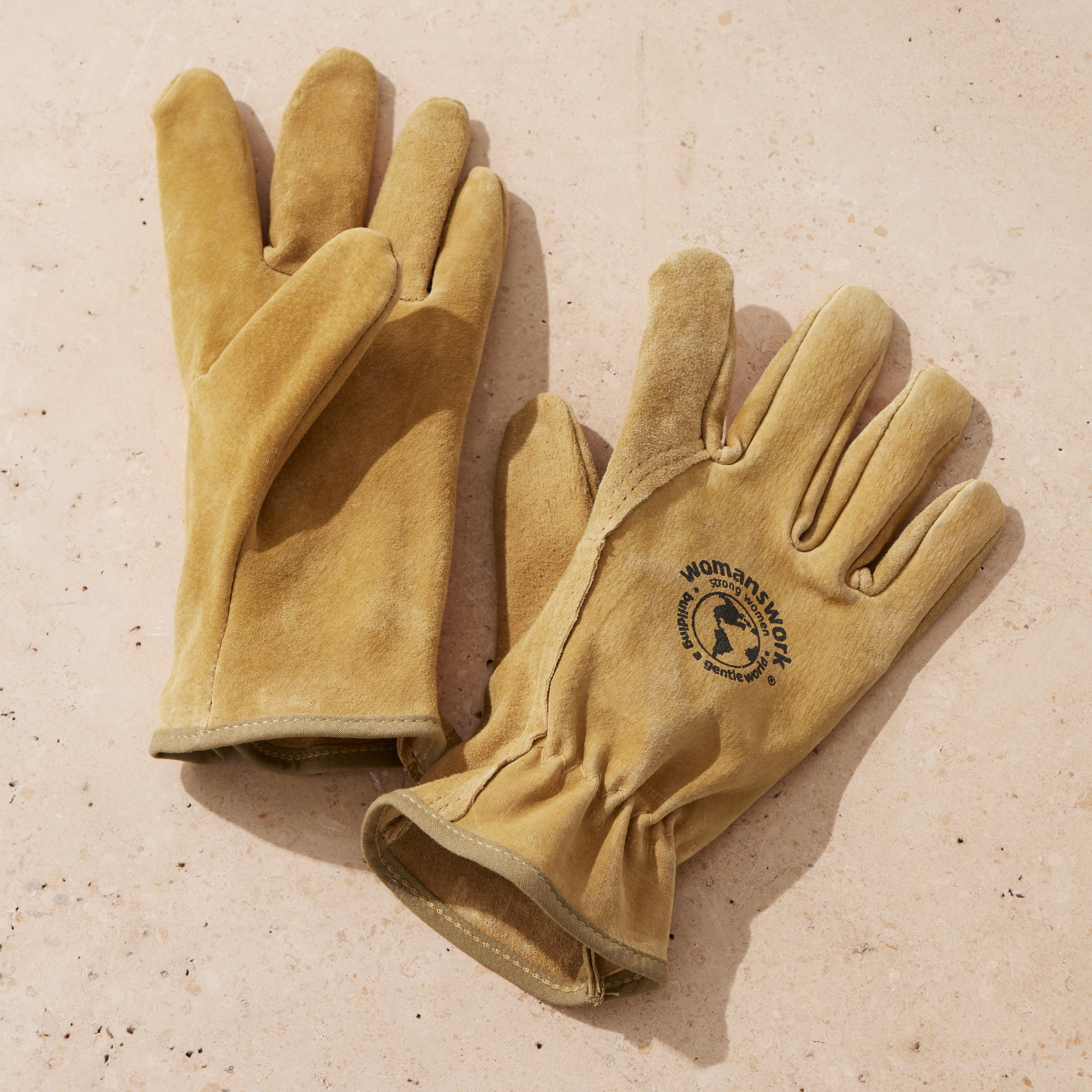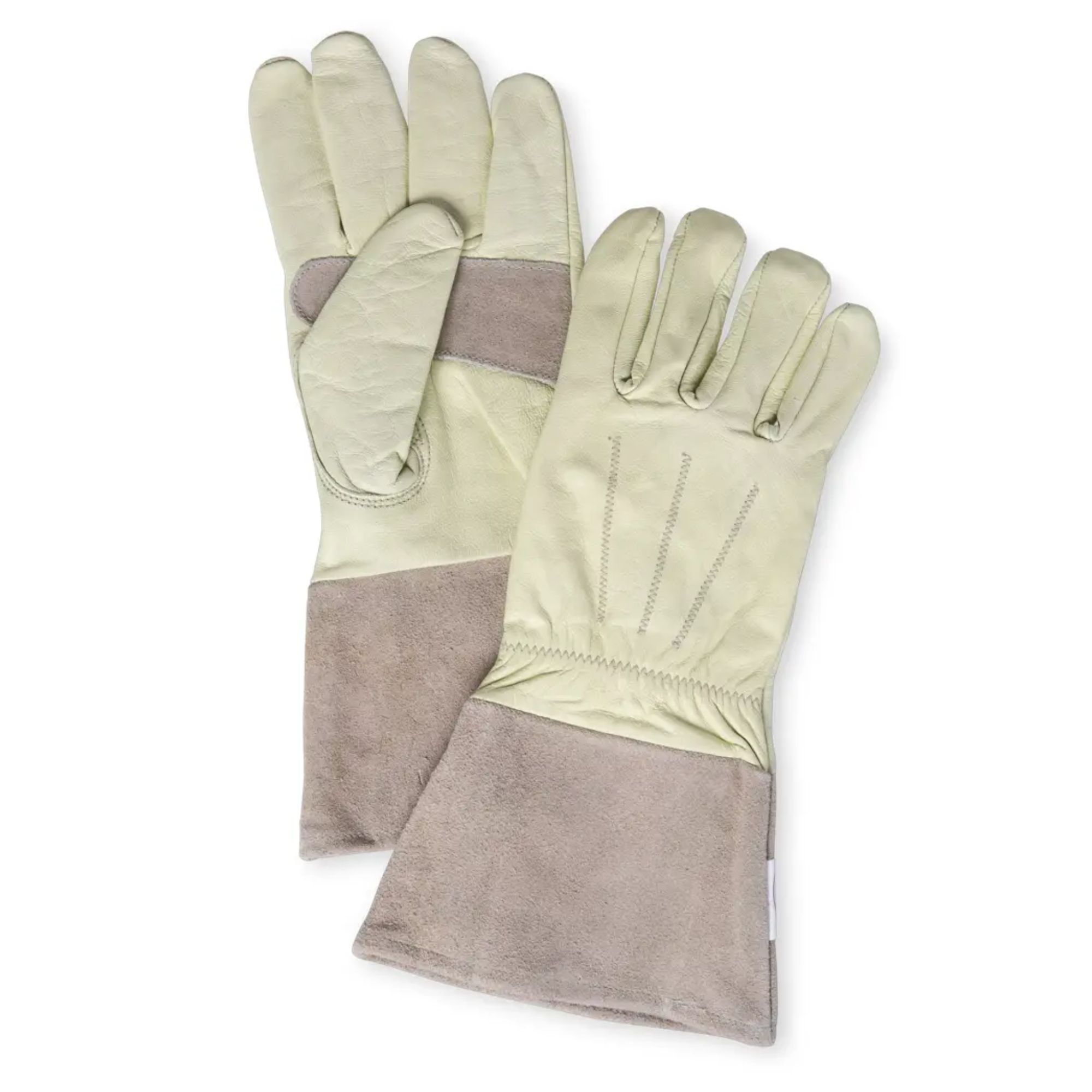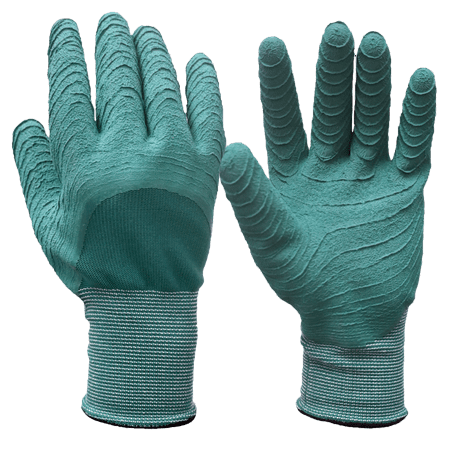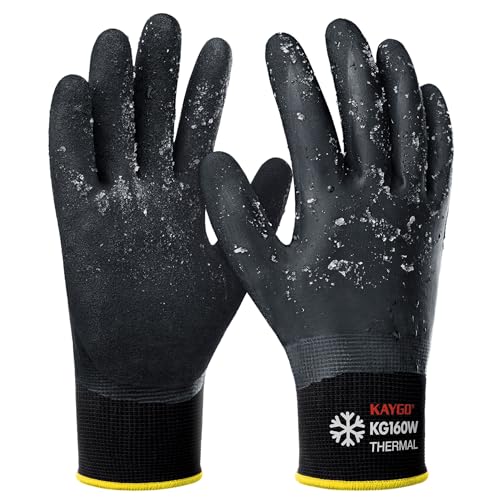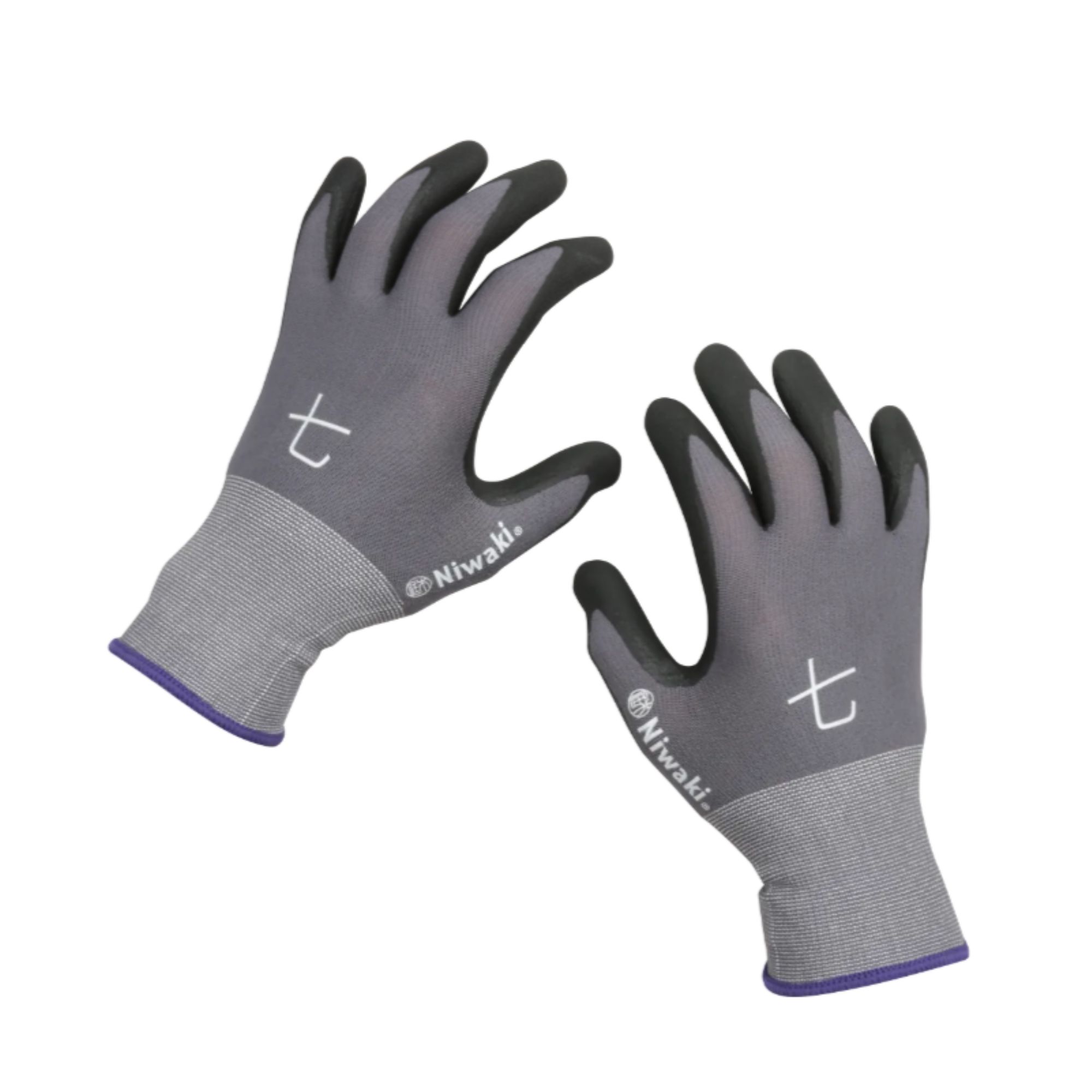Gardening gloves explained – experts explain the 5 main types of gardening gloves and reveal the superior pair everyone should use
From leather to rubber to somewhere in between, different types of gardening gloves can make a huge difference to your yardwork
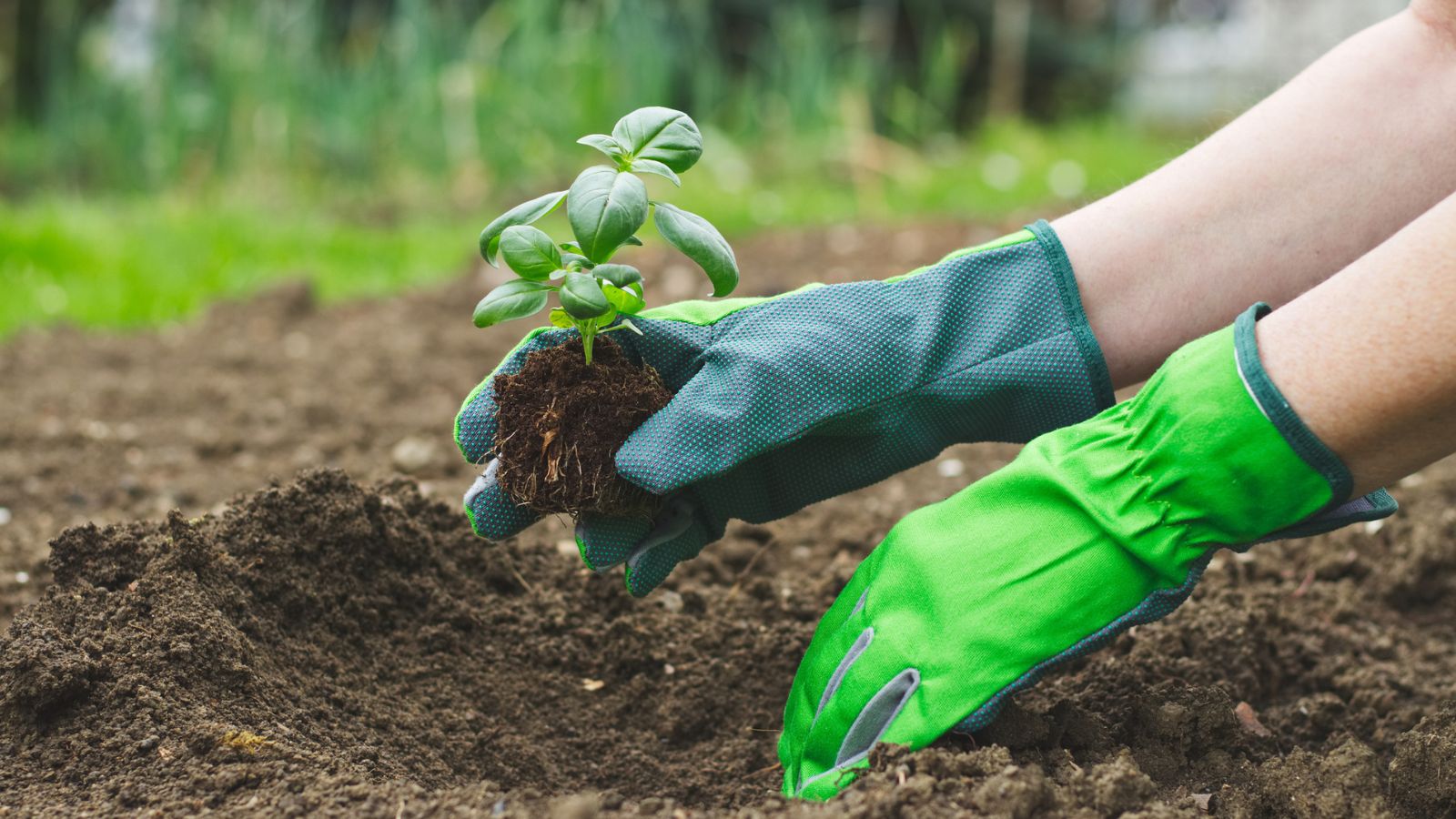

Gardening gloves are one of the most essential pieces of gardening clothing, but it's hard to know which type you should buy.
There are many different sizes of gloves, and if you don't know what you're looking for, it can be confusing to choose between leather and rubber gloves.
I spoke to gardening experts about the main types of gardening gloves, their uses, and their drawbacks. However, the experts told me that of all the different types of gardening gloves, one stands above the rest - a hybrid pair of gardening gloves that are suitable for any job.
1. Use leather gardening gloves for the toughest jobs
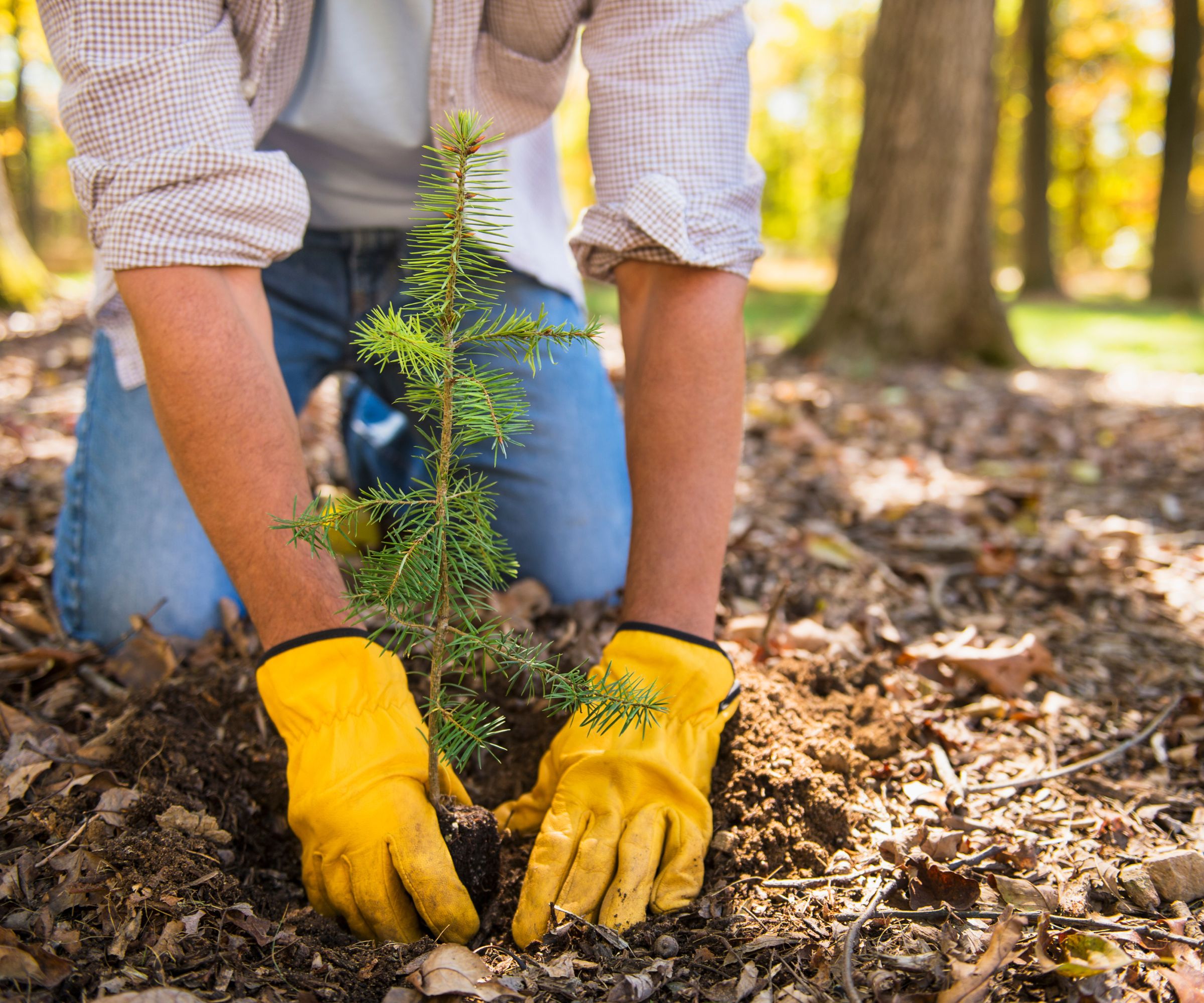
If you have a lot of roses to prune or fence posts to install, you need leather gloves. Leather gloves are tough and hard-wearing, perfect for the toughest jobs. Garden expert Valeria Nyman says 'Leather gloves - my favorites - are the old-school, tough-as-nails choice. They mold to your hands over time, last for years, and protect you from just about anything with a thorn or a sharp edge.' Whether you're hacking back brambles or clearing rocks, leather gloves stand up to almost anything.
However, they aren't perfect, and nor can they stand up to water. 'Get leather gloves wet,' says Valeria, 'and they turn into stiff, cracking relics - I have plenty of those.' That said, you can make leather more water-resistant with waterproofing wax like this from Amazon.
More importantly, leather gloves can be a little clumsy. Horticultural expert Tammy Sons says: 'While leather gloves offer protection from thorns, they lack flexibility, which makes them unsuitable for precise tasks.' Leather is great for the heaviest tasks in the garden, but will be an encumbrance when working on fine-tuning tasks like pruning or training climbers.

Valeria is the Chief Product Officer at Taim.io, an innovative platform that serves as a personal, adaptive gardening coach, offering tailored weekly advice to users. Her areas of expertise include growing your own food.

Tammy Sons is a horticulture expert, garden writer, and educator. Tammy is the CEO and founder of TN Nursery, an online plant nursery based in Altamont, Tennessee, which has provided plants for the Washington Monument and Arlington National Cemetery.
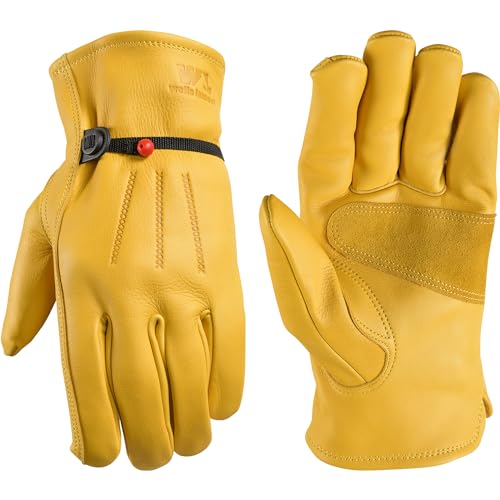
These simple leather gardening gloves are affordable and durable. However, at this price point, they might not last as long as higher-quality leather.
2. Use rubber gardening gloves for wet work
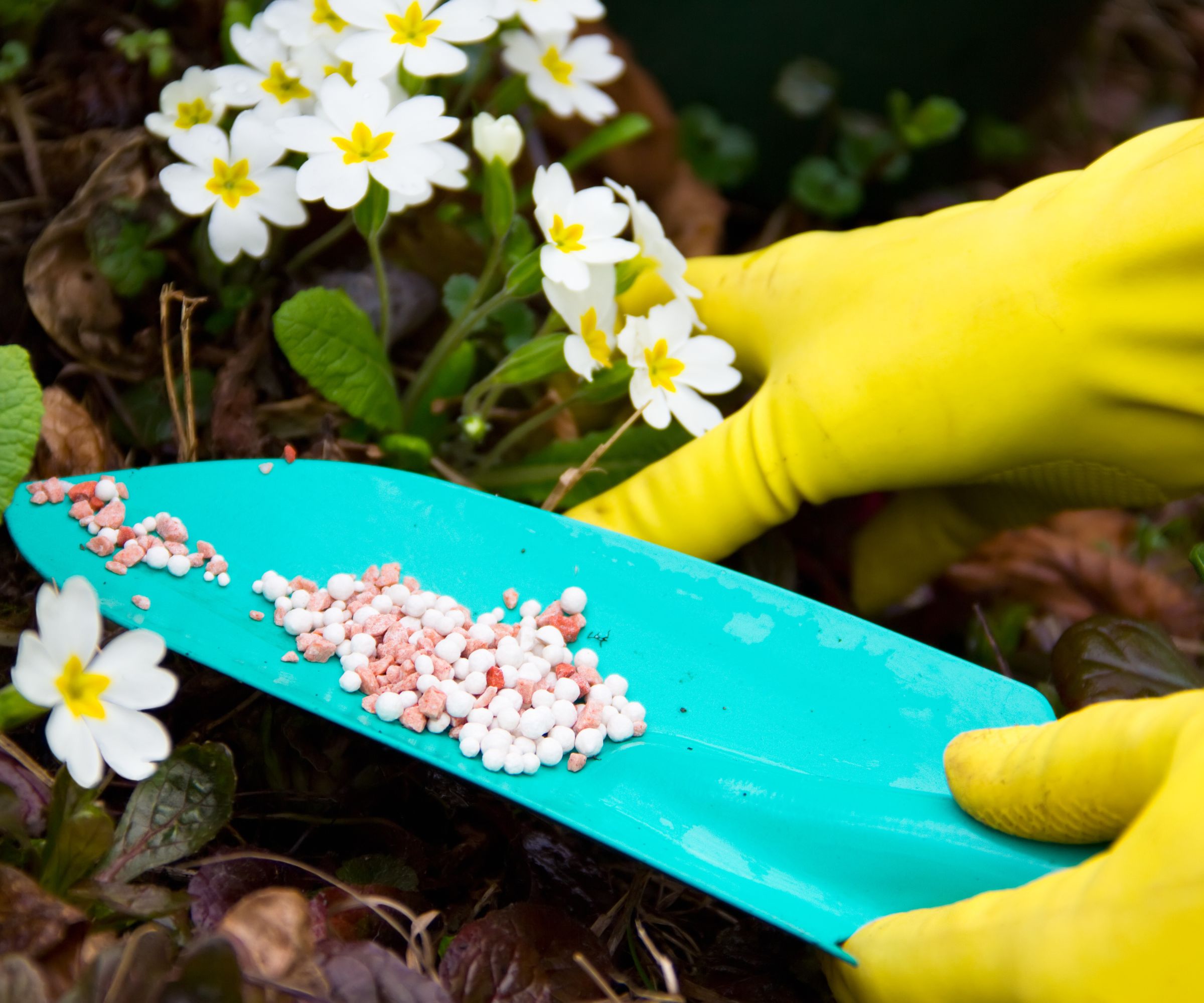
If you have a lot of wet jobs to tackle, you need rubber gloves. Rubber gloves are completely waterproof, so they're an excellent choice when working on ponds, irrigation, or damp soil. Gardener Valeria Nyman says: 'Rubber gloves are perfect for wet work, be it digging in the rain, handling compost, or dealing with anything toxic.'
The last point is especially useful - rubber gloves are invaluable when handling potentially dangerous material like ice melt, fertilizer, or pool chlorine. They're also the cheapest type of gloves.
However, rubber gloves are usually incredibly uncomfortable. Tammy Sons says: 'Rubber gloves effectively protect hands from moisture during wet conditions but tend to cause discomfort when exposed to high temperatures.' Valeria Nyman agrees, warning: 'Be prepared for sweaty hands that feel like you’ve been marinating them in your own juices.'
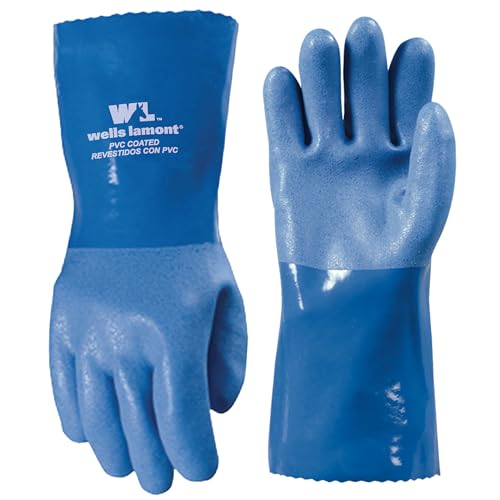
These simple rubber gloves are chemical-resistant, thornproof, and completely waterproof.
3. Cloth gardening gloves are nice for aesthetics, but impractical
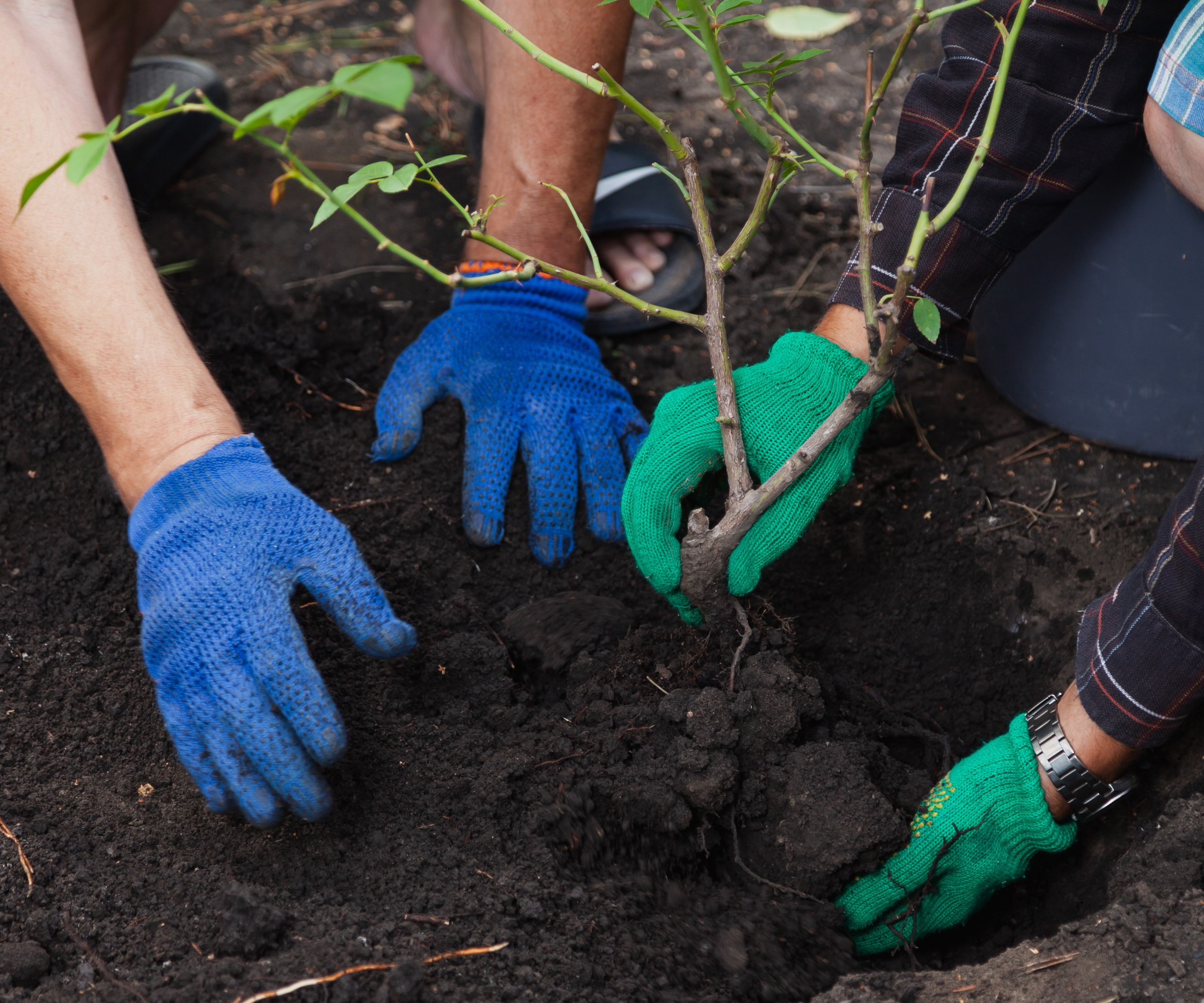
Cloth gloves can keep your hands warm in winter, and they're breathable in summer, but they're really only useful as gifts. They look good, but they aren't great for heavy-duty gardening. Tammy Sons says: 'While cloth gloves are lightweight and breathable, which makes them perfect for light gardening tasks, they do not provide sufficient protection from sharp objects.'
Valeria Nyman put it much more harshly: 'They’re better than nothing, but only just. They soak up water, let thorns slip through, and fall apart pretty darn fast. '
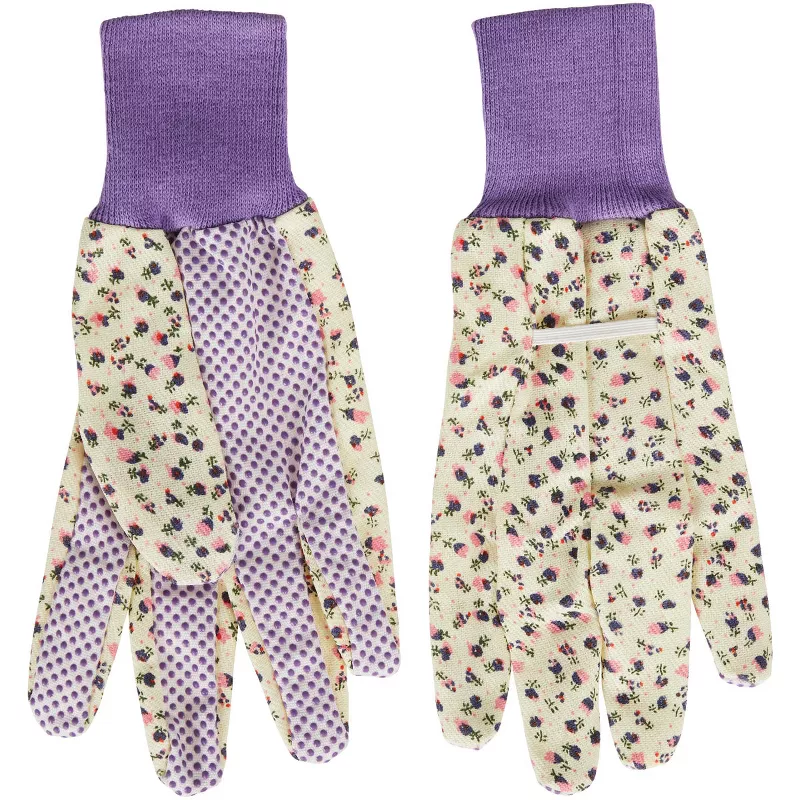
These gloves look great, and are a smart choice for light gardening. They should keep your hands warmer in winter but stay breathable in summer; but they won't stand up to rugged thorns.
4. Use hybrid gloves for a jack of all trades
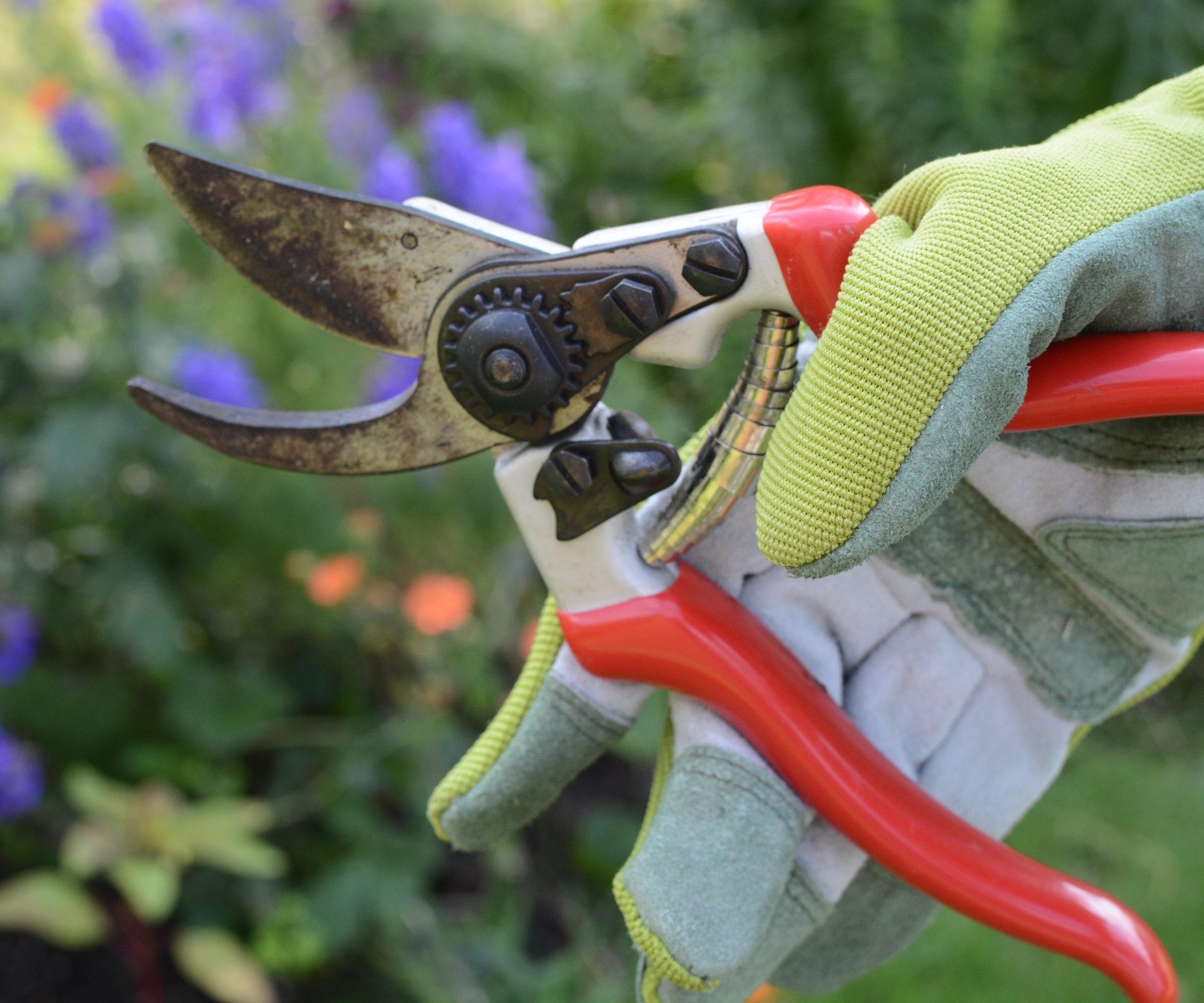
By far the best option is a hybrid glove with the best of all of these materials. They combine leather, rubber, and cloth to make for durable, waterproof, breathable glove.
Valeria Nyman explains: 'If you’re serious about gardening, the best bet for most gardeners is a hybrid glove, something with a leather palm and a breathable back, or maybe a rubber-dipped fabric glove that gives you grip without suffocating your hands. Tammy Sons agrees: 'Mixed-material gloves merge the advantages of leather palms and breathable fabric backs to provide both comfort and durability.'
The only real drawback with hybrid gloves is that the backs aren't always waterproof or thornproof. The back is usually made with cloth to keep the gloves breathable, but it means that you can snag your knuckles or the back of your hands on thorns, or end up with slightly damp gloves.
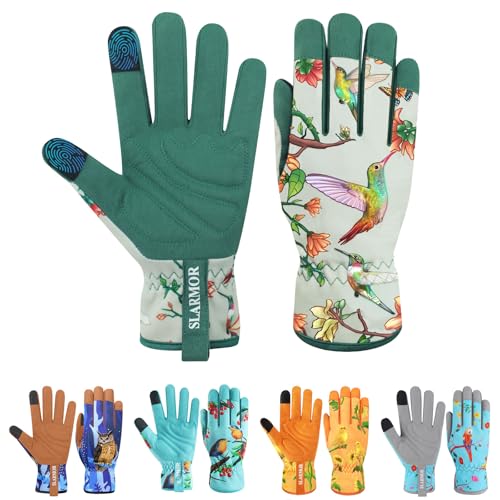
These gloves have a breathable cotton back, but tough leather palm for tough jobs. The thumb and forefinger also work with touchscreens, so you can follow DIY instructions on your phone.
5. Try long sleeve gardening gloves for the worst brambles
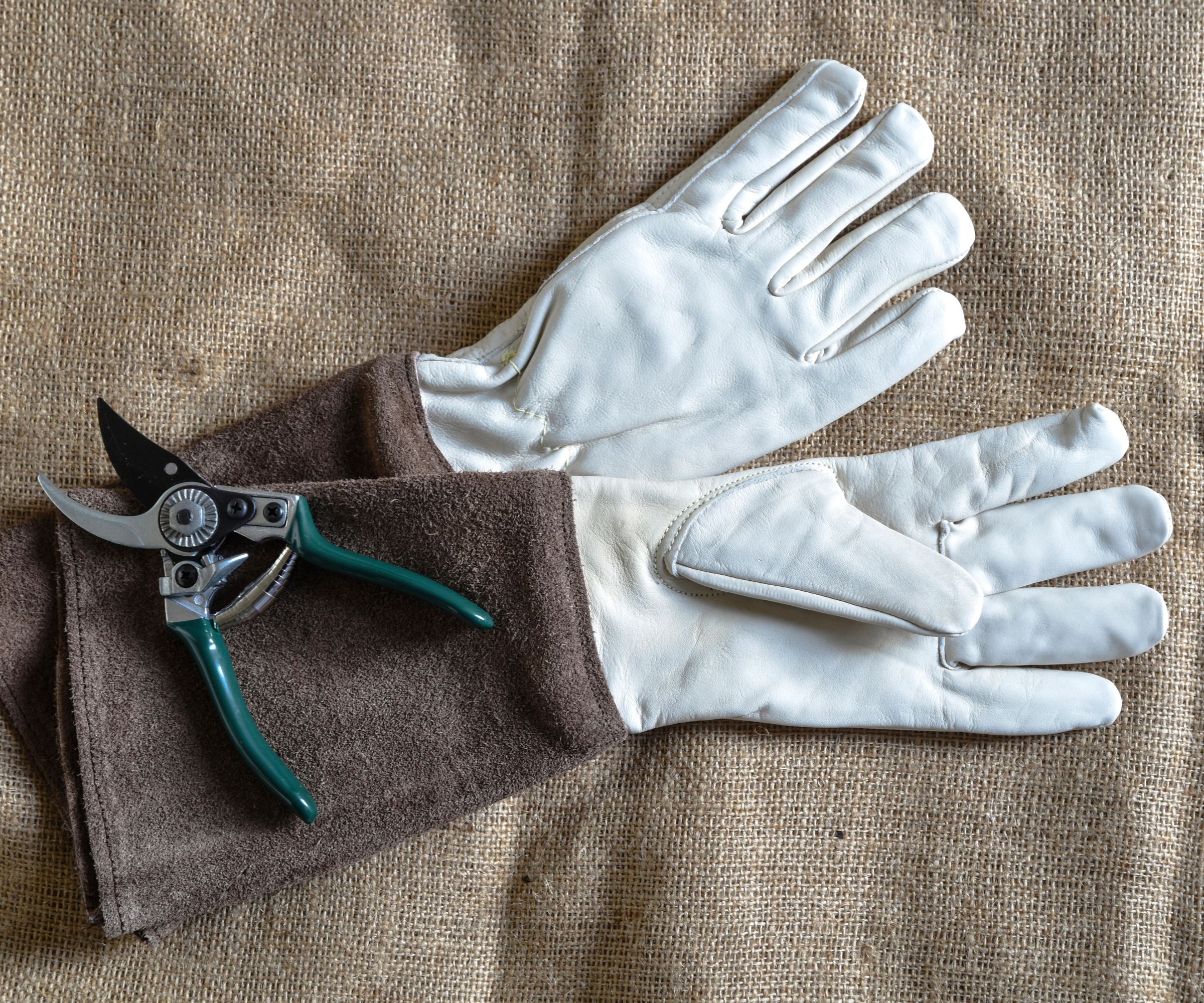
If you have to take on thorny or poisonous plants, you need to protect your arms as well as your hands. Tammy Sons says: 'Handling thorny plants and aggressive weeds requires the use of long-sleeved gloves'.
Valeria Nyman agrees: 'Long sleeves are a must when dealing with scratchy or poisonous plants, i.e. blackberries, poison ivy, or anything that seems out to get you.'
As we covered above, leather is the best material for handling rough plants, so try to use leather or suede thornproof gloves to prevent injury. However, you only need these gloves if you have a lot of thorns to tackle. If you have a rose garden or grow blackberries, long-sleeved gloves are invaluable, but they're probably overkill if you don't have any thorny plants.
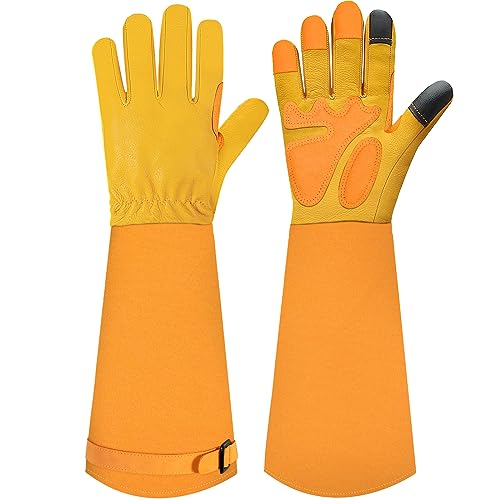
These leather gauntlets have reinforced padding across the palms and finger tips to help protect against the toughest brambles, and the fingers and thumbs can be used on touchscreens.
Finally, consider the times of year you need gloves and local weather conditions. It can be smart to have a heavy-duty set of hybrid gloves for cold winter weather and a lighter set in the summer when temperatures rise. This will help to keep your hands comfortable throughout the year.
Tammy Sons says: 'The choice of gloves varies with the seasons because lighter gloves are used during summer, and insulated gloves are needed in winter.' As well as the time of year, gloves will vary depending on the job, as mentioned above. Wearing the wrong type of gloves for the wrong task is a common pruning mistake that can make the job very uncomfortable and even dangerous.
Sign up to the Homes & Gardens newsletter
Design expertise in your inbox – from inspiring decorating ideas and beautiful celebrity homes to practical gardening advice and shopping round-ups.

As a gardens and lifestyle contributor, Alex makes sure readers find the right information to help them make the best purchase. Alex got his start in reviewing at the iconic Good Housekeeping Institute, testing a wide range of household products and appliances. He then moved to BBC Gardeners’ World Magazine, assessing gardening tools, machinery, and wildlife products.
You must confirm your public display name before commenting
Please logout and then login again, you will then be prompted to enter your display name.
-
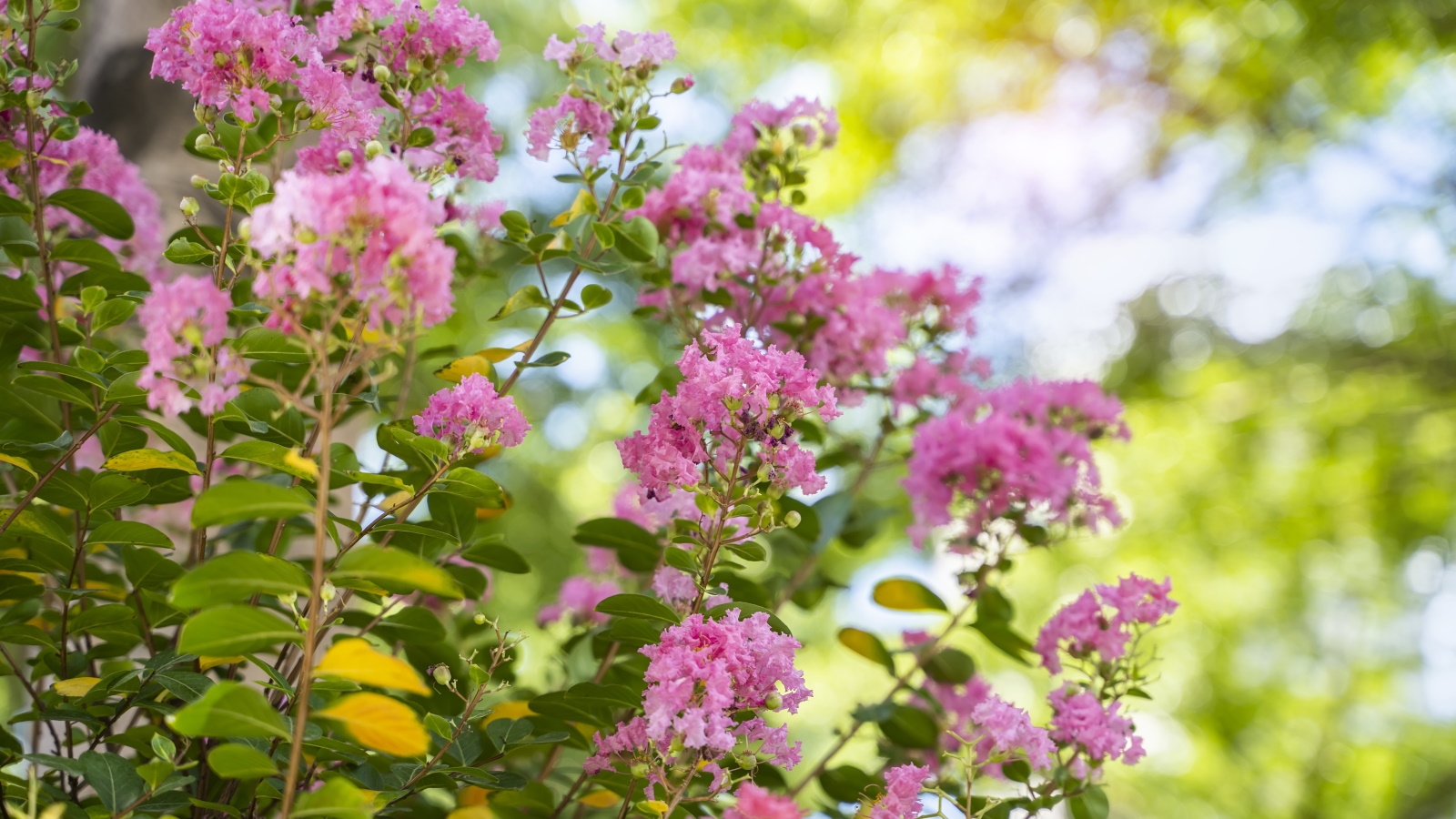 How to grow crepe myrtle in pots – and transform even the smallest of yards with dazzling flowers this summer
How to grow crepe myrtle in pots – and transform even the smallest of yards with dazzling flowers this summerGrowing crepe myrtles in pots will inject splashes of brilliant color into your outside space
By Thomas Rutter Published
-
 I've spent over 200 hours testing vacuums and swear by my two Dysons – this is how I properly clean a Dyson vacuum filter for longer-lasting appliances
I've spent over 200 hours testing vacuums and swear by my two Dysons – this is how I properly clean a Dyson vacuum filter for longer-lasting appliancesYour Dyson vacuum will last much longer and clean at its best
By Dan Fauzi Published
